Emotional regulation is about learning to be in the same room with your feelings without everything falling apart. It doesn’t always mean having perfect control over your feelings.
At Premier Mental Health Healing Pathways, we sit with people as they figure this out.
If you’re dealing with borderline personality disorder, narcissistic personality disorder, or something else entirely, emotions just show up differently when you have a personality disorder.
And that’s worth talking about.
What This Looks Like
When you have a personality disorder, emotions can feel like they’re happening to you rather than with you. You know the feeling:
- That sudden wave of sadness or rage that feels way too big for whatever just happened
- Going from “everything’s fine” to “everything’s ruined” in about thirty seconds
- Feeling completely numb after an emotional flood, like someone turned off all the lights
- Taking forever to feel normal again—like, days or weeks instead of hours
Different people experience this in a different way.
- Someone with BPD might feel everything intensely and react fast.
- Someone with avoidant personality disorder might stuff it all down to avoid getting hurt.
- Someone with narcissistic personality disorder might push all those feelings outward instead of sitting with them.
The Difference Between Struggling and Flowing
Here’s what we notice:
| Emotion Response | Healthy Regulation | Challenged Regulation |
| Impulse | Pause, assess the backstory, choose a response | Immediate reaction—yelling, storming off, shutting down |
| Processing | Identifies feelings—”I’m sad, frustrated” | Denial—”Nothing’s wrong”—or overwhelming labels |
| Recovery | Identifies feelings—”I’m sad, frustrated” | Emotional exhaustion, craving escape, prolonged ruminating |
| Perspective | Recognizes triggers, adjusts expectations | Stuck on personal failure—ruminating, catastrophizing |
Small Things That Help
We work with people to find what actually helps. Not grand gestures, just small shifts:
- Mindful awareness: “Oh, there’s that anger again. There’s that fear.” Just seeing it without judgment
- Grounding techniques: Name five things you can see, four you can hear. It can slow everything down
- Emotional labeling: Instead of “bad,” try frustrated, disappointed, or overwhelmed. This matters a lot
- Soothing yourself: Hot tea, music, going out. Whatever is good for your body
- Radical acceptance: This is hard right now, and that’s allowed
- Distress tolerance: Count to ten, step outside, breathe before you respond. Creating space
- Cognitive reframing: “I messed up” instead of “I’m a complete disaster.” Same situation, different story
Tiny shifts eventually add up:
- You start building distress tolerance for when relationships get complicated
- That shame voice gets a little quieter through self-compassion practice
- You begin trusting yourself more, even when things feel messy
- Your window of tolerance gets wider—you can handle more before you get overwhelmed
Getting Professional Support
When you have support—like what we offer at Premier Mental Health Healing Pathways—these changes start to stick.
That’s where therapy comes in.
Whether it’s emotionally focused, acceptance and commitment therapy, DBT, CBT, or another approach, having a mental health professional to confide in makes all the difference.
A Reminder
Working on emotional regulation in the context of personality disorders is about learning to be kinder to your inner life.
To welcome your feelings, without them consuming your entire day.
The Bottom Line
With emotions, it’s about fluency—learning to:
- Notice the surge
- Name what it is
- Choose how to meet it
—rather than being swept away.
If you’re ready to explore this work slowly and with actual support, Premier Mental Health Healing Pathways gets it.
We believe in taking your time, being real about what’s hard, and honoring your humanity.
Reach Out to Us
Feeling curious? Struggling in moments?
Visit us at Premier Mental Health Healing Pathways and see how we can walk through this together.
FAQ
Will this actually change how intense my emotions are?
With practice, you’ll have more space around them. They perhaps still may be intense, but you do not get as much carried away. That is where you increase your window of tolerance.
What about therapy and medication?
Emotional regulation skills can change with therapy. Meds can reduce anxiety or mood instability, but the real proficiency is the development of these skills and support.
How long does this take?
Some mindfulness techniques help right away. Real change happens over months of being consistent and gentle with yourself. It’s about nervous system regulation, which takes time.
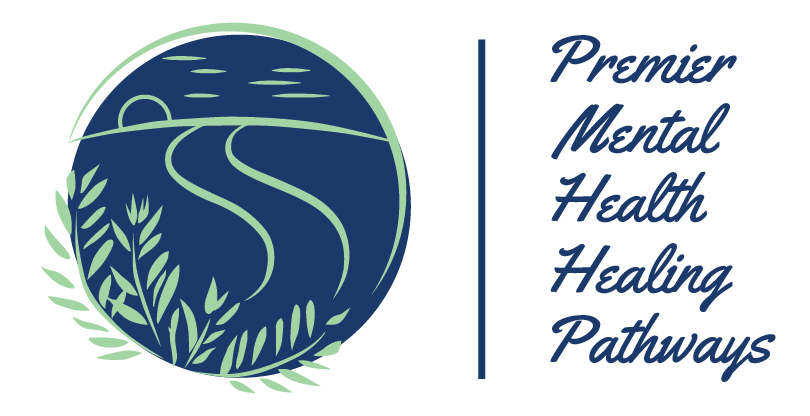
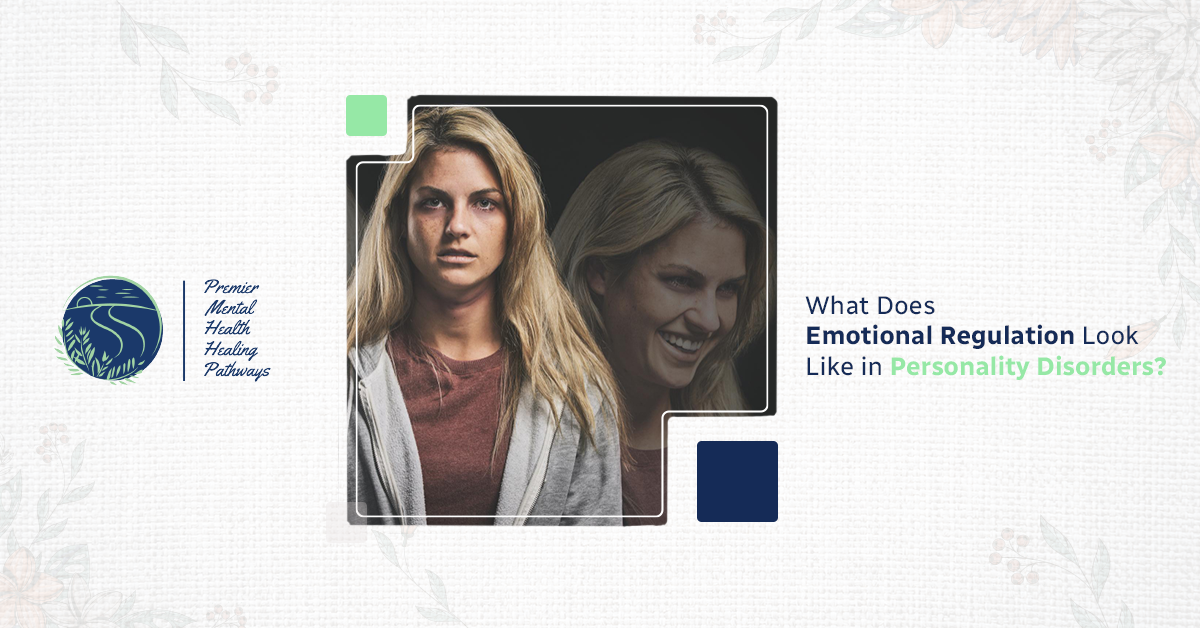
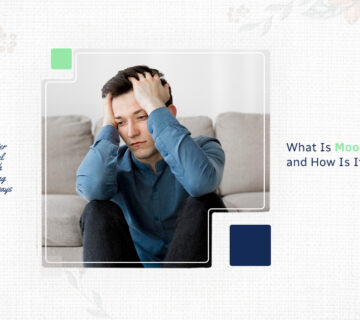
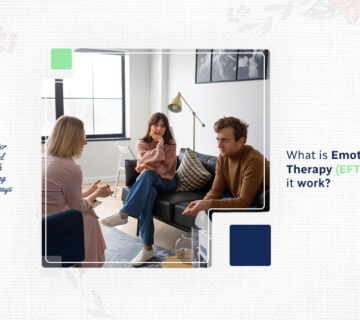
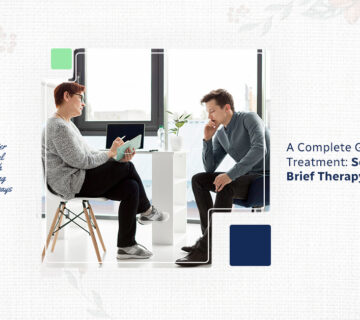

No comment